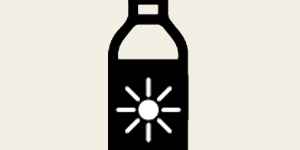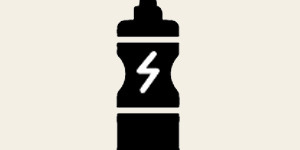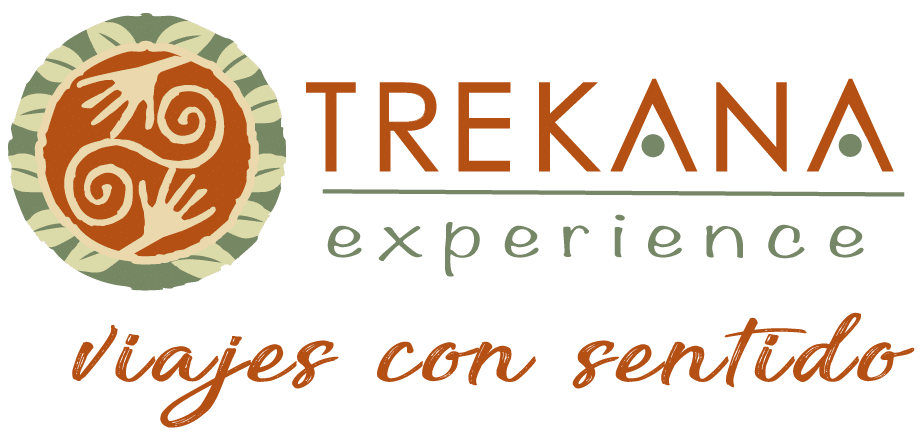Travelling through the harsh Atacama Desert you really encounter with the powerful climate and fast temperature changes that is a everyday fact in this land.
The dryness, the solar radiation, the strong winds, the abrupt changes of temperature between day and night, are some of the fundamental characteristics that your Atacama adventure will show you. Around San Pedro the altitude measures between 2,000 – 3,500 m.a.s.l, and the climate is characterized by having an average annual temperature between 12 and 13 ° C.
As the temperature swings it can reach up to 35 ° C in summer (December to March) and the minimum degrees below zero in winter (June to September).
Helpful Tips

Protect yourself from the sun.
Use dark sunglasses and a hat.

Put on sunscreen.
Extra important during trekking.

Use skin moisturizer.
The dry air will quickly dry out your skin and lips.

Drink a lot of water
Avoid dehydration of the body.

Bring warm clothes.
The temperature drops at a higher altitude.

Use comfortable shoes.
You will walk across sand, rocks and sediments. Walk carefully.
Prepare for the Altitude
If you go above 4500 m.a.s.l you might experience some symptoms of altitude sickness. Also depending on how fast you escalate towards higher altitudes you can in a fast speed provoke the symptoms to appear in an earlier state. Once in San Pedro you will already be over 2,000 m.a.s.l so your body will be processing that level of height as soon as you arrive.
The most common symptoms of a moderate altitude sickness is:
- Dizziness or vertigo sensation.
- Tiredness.
- Headache.
- Inappetence
- Nausea or vomiting
- Rapid Pulse (heart rate)
- Feeling short of breath or having problem breathing when making an effort.
- Swelling of hands, feet and face due to fluid retention.
To avoid an prevent altitude sickness we recommend you to:
- Not to drink alcohol during the day or night before departure.
- Eat light and moderate.
- Do not make sudden movements or exercises when you are over 3,000 meters.
- Always drink plenty of water before and during your visit.
- Eat carbohydrates in small doses. Fruits, jellies or starchy foods are highly recommended.
In more complex cases it may be necessary to add oxygen.
In any case you feel any of these symptoms, immediately notify the guide that accompanies you:
- Stiffness or chest congestion.
- Respiratory distress even in the resting state.
- Decreased consciousness or isolation in social interaction.
- Confusion.
- Cough.
- Pale or gray complexion.
- Inability to walk in a straight line or an absolute inability to walk.
Avoid large heights if you have a heart disease or lung disease. It is important that you report any pre-existing health conditions before making any excursion with Trekana or another agency or tour operator.
Those who should avoid to go higher than 3000 meters altitude (for example to Tatio geysers, High plateau Lagoons, Salar de Tara):
- Babies and children under 5 years.
- Seniors older than 70 years
- Pregnant womens
- People with heart disease, respiratory problems or chronic lung diseases (angina pectoris, chronic bronchitis, severe asthma, etc.)
- THose who suffer from anemia.
- People with blood coagulation disorders who is not undergoing any treatment.
